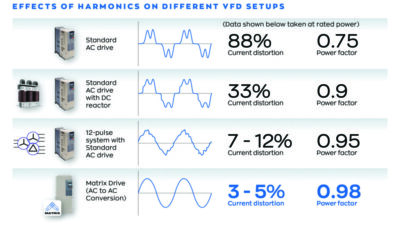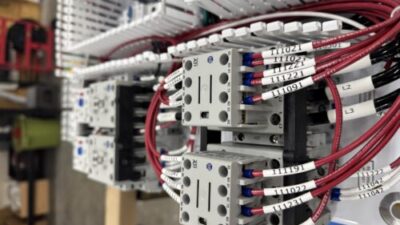Already exceeding the number of people on the planet, electric motors used in consumer-oriented products such as cars and electronic devices will continue to ship in robust volumes during the next five years, reaching 12 billion units by 2018.

Already exceeding the number of people on the planet, electric motors used in consumer-oriented products such as cars and electronic devices will continue to ship in robust volumes during the next five years, reaching 12 billion units by 2018.
Growing from 9.8 billion units in 2012, shipments of electric motors in non-industrial applications will rise 23% by 2018, according to the Electric Motors in Non-Industrial Applications report from IHS Inc. The figure below for worldwide electric motor shipments includes consumer-oriented devices such as cars, consumer electronics, home appliances, residential heating, ventilation and air conditioning (HVAC) and other applications.
“Electric motors are such an essential part of everyday life that consumption of these devices has continued to rise in recent years, even when consumer buying power decreased in 2011 and 2012,” said Bryan Turnbough, motors and mechanical power transmission analyst with IHS. “The growing expanse of the middle class, coupled with increases in household automation and the number of electric motor-driven products around the home, are major drivers of growth.”
Automotive motors
Cars are a major source of demand for the motors, with today’s light-vehicles averaging more than 30 electric motors per vehicle. In particular, the standardization of luxury-car features is driving the average higher every year, with buyers demanding features such as power roofs, automatic transmissions and power tailgates.
“American consumers aren’t the only ones wanting more advanced features in vehicles,” Turnbough said. “The sales growth of luxury and high-end cars in Asia, for instance, is far outpacing sales of standard and entry-level vehicles in that area, which is having a strong positive impact on overall electric motor sales in Asia.”
Approximately 470 million of the 2.4 billion automotive motors sold to the auto industry globally were shipped in China, and the market there for electric motors used in automotive applications was worth $19.2 billion in 2012.
Consumer electronics motors
The electronic gadgets and devices being sold today also have a big impact on the global electric motors trade. Billions of cellphones and millions of tablets are produced yearly, with small motors powering their vibration features. However, the trend in which cellphones and tablets are replacing desktop and laptop computers has major implications for the non-industrial motors market.
“There can be anywhere from three to six motors used in every computer sold for disk drives and ventilation fans,” Turnbough said. “ But the replacement of personal computers with devices such as smartphones, which require a single motor that costs less than one dollar, is creating downward pressure on sales for motor manufacturers such as Nidec, Johnson Electric and Mabuchi.”
Consumers drive motor demand
“The demand for higher-efficiency products from both governments and consumers is changing the landscape of the small-motor market,” Turnbough said. “Although there will always be a market for small inexpensive motors in non-industrial applications, high-efficiency AC and DC brushless motor manufacturers are likely to benefit the most from future growth. Higher numbers of high-efficiency motors in non-industrial products have also increased demand for motor controllers and semiconductor components, benefiting semiconductor suppliers.”
For their part, consumers have become more comfortable with a wide range of technologies around their homes, with mixed implications for the non-industrial motors market. Sales of electric motors used in home appliances and automobiles are growing strongly as consumers demand greater efficiencies and more automated features in these products. On the other hand, shipment growth for motors is not as rapid for consumer electronics because of the miniaturization and convergence of electronic gadgets into single devices capable of performing multiple tasks. The overall impact of more technology in households is that more motors are consumed every year, with greater profitability for high-efficiency motor suppliers.



